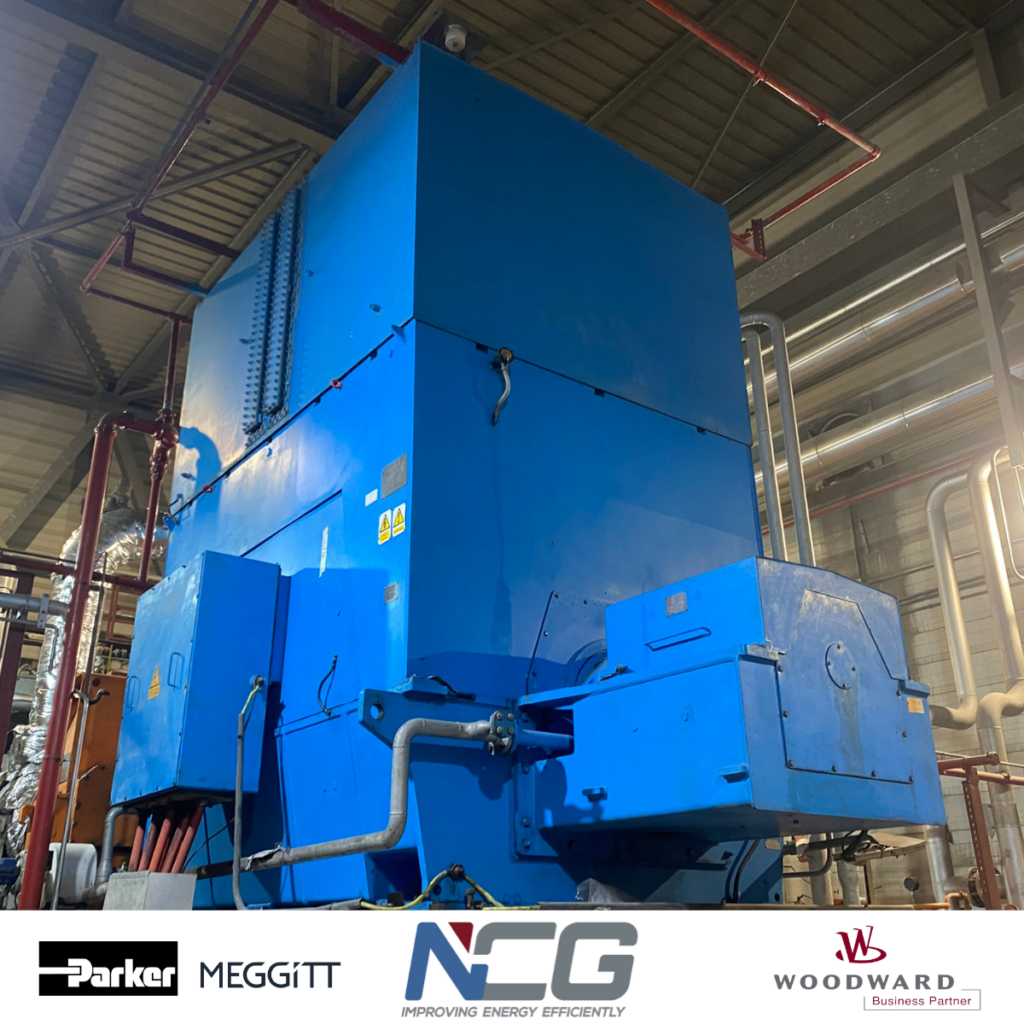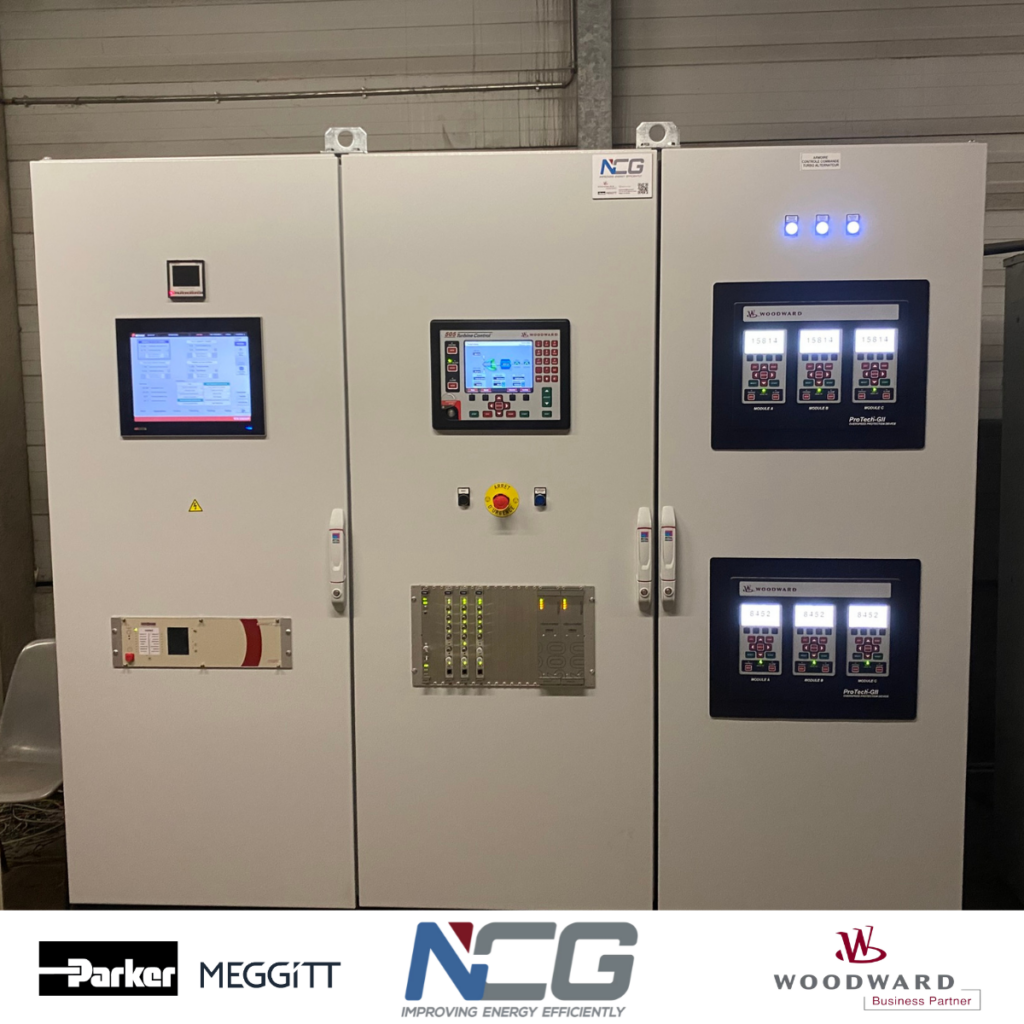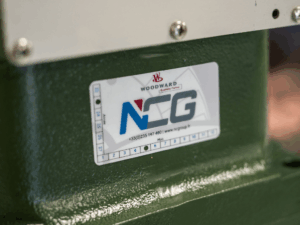Project background and challenges
Turbine generators play an essential role in power generation, converting mechanical energy into electrical energy.
In order to meet the growing demands for safety, efficiency and reliability, the modernization of control systems is a key step.
The main objective of this project was to improve the supervision and control of equipment by integrating innovative solutions for more precise and reactive plant management.
Over time, control and protection equipment can become obsolete, leading to increased risk of malfunction, loss of energy efficiency and higher maintenance costs. By replacing old systems with modern solutions, we have guaranteed optimized performance and reduced operational risks.

Project objectives
The aim of the modernization was to improve plant management and supervision by integrating state-of-the-art solutions to ensure optimal operation. This improvement focused on several areas:
- Optimization of regulation: Implementation of a more responsive and precise system to adjust operating parameters in real time.
- Improved safety: integration of advanced protection features to prevent anomalies and avoid critical failures
- Increased reliability: Enhanced monitoring of vibration and mechanical parameters to detect early signs of malfunction.
- Ease of maintenance: implementation of a modern architecture to enable maintenance teams to intervene more quickly and efficiently.

Solutions implemented
To achieve these objectives, a number of features have been integrated into the control system:
- Woodward 505: advanced regulation for greater precision and optimized energy efficiency
- Woodward SPC: Precise valve control and operation sequencing management
- Woodward ProTech GII: Advanced overspeed protection system for equipment and personnel safety
- Parker Meggitt VM600 MK2: real-time vibration monitoring to anticipate and prevent possible anomalies
Results
Thanks to this modernization, the turbo-alternator now benefits from optimized control and improved supervision, offering enhanced performance while reinforcing plant safety. The main benefits observed are
- Improved system responsiveness, thanks to more precise control adaptable to load variations
- Increased reliability, with early detection of anomalies to anticipate maintenance operations
- Enhanced safety with advanced overspeed protection and real-time vibration monitoring
- Optimized energy efficiency, limiting losses and improving overall plant performance



